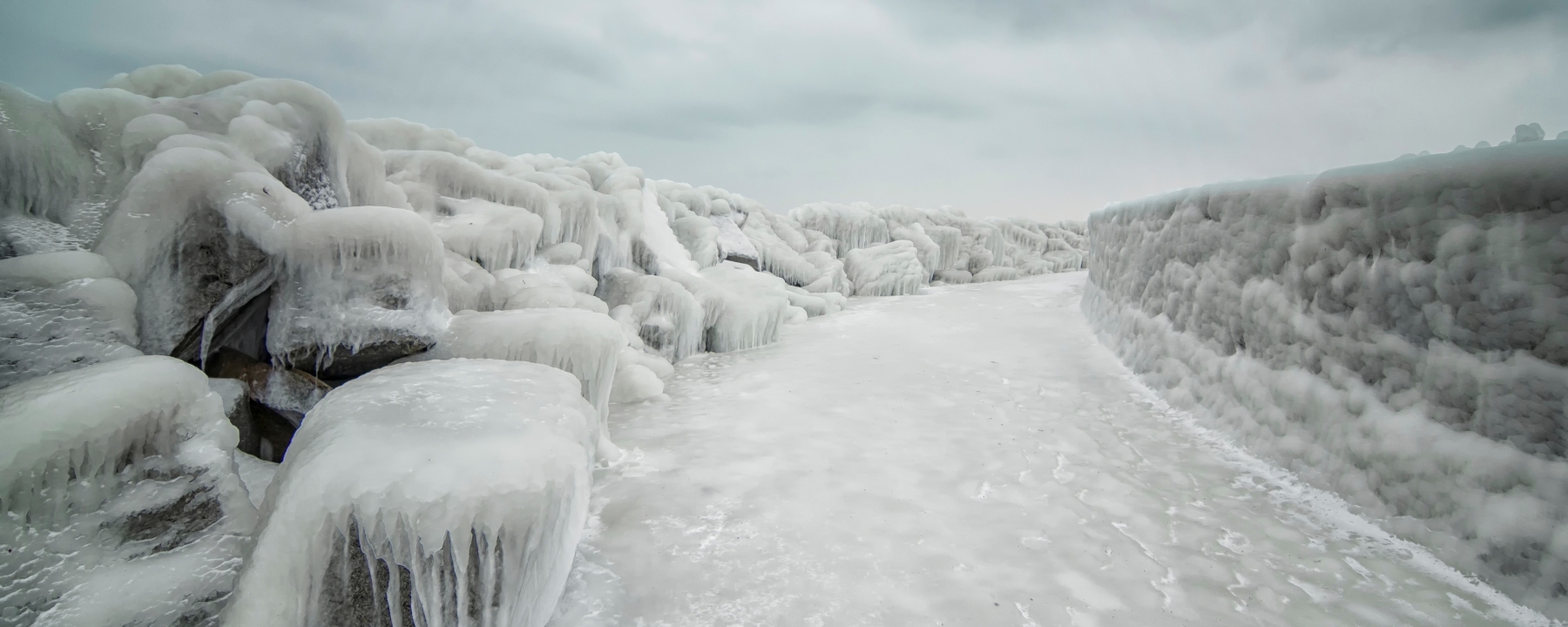
Sunlight
Earth’s fate without sun
Considering the multitude of effects caused by the light of the sun, it’s easy to realize that without the sun, life on earth wouldn’t be possible. But what would happen without the sun?
Let’s try a little mental experiment: Imagine what would happen if the sun would simply went out from one moment to the other...
8 minutes later: an everlasting solar eclipse
That's how long it takes us to realize that the gigantic fireball in the sky is suddenly gone. It takes 8 minutes for the light to reach us on earth. After that, every plant around the world would stop producing oxygen. Without sunlight there is no photosynthesis — which means no breathable air. Mind you, we wouldn’t suffocate immediately after the blackout because the existing air in the atmosphere is still enough for several thousand years.
1 week later: cold creeps over the planets
A bigger problem than darkness and lack of oxygen is the change in temperature. It gets cold. Only after 7 days, the average temperature drops from a pleasant 15°C to freezing. And the temperature continues to drop very quickly.
1 year later: the oceans freeze
The average temperature on the earth's surface has already dropped to minus 75°C. Humans are now only able to survive in a few places with geothermal sources. Warmth created by the decay of radioactive elements, which has been stored since the formation of earth, still flows from the earth's interior.
The oceans are also beginning to freeze. Marine life retreats to the deep waters since there is still enough water at the bottom of the sea. This is where life could continue to exist for millions of years. Extremophiles, organisms that have adapted to extreme conditions, already live without sunlight and produce their food through chemical processes.
10 years later: everything freezes, even oxygen freezes
All life on the earth's surface has ceased to exist. The average temperature has dropped to minus 219°C and continues to fall to an absolute zero at minus 273°C. The earth becomes a ball of ice. It snows all the time. The snow is no longer made of water, but out of freezing oxygen.
Millions of years later: travelers of the universe
Our planet probably still exists. But somewhere else in the universe. With a solar power plant that is out of service, the gravitational force that keeps the earth in orbit around the sun also collapses. Earth drifts through space at about 108,000 kilometers per hour until it is eventually captured by another star.

